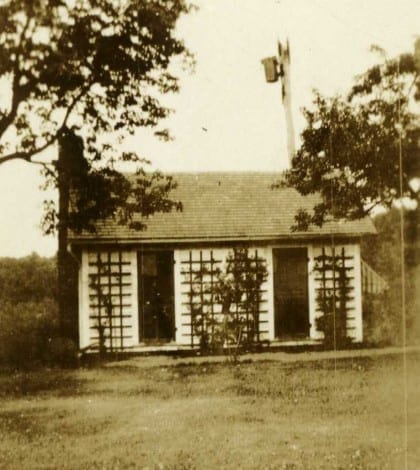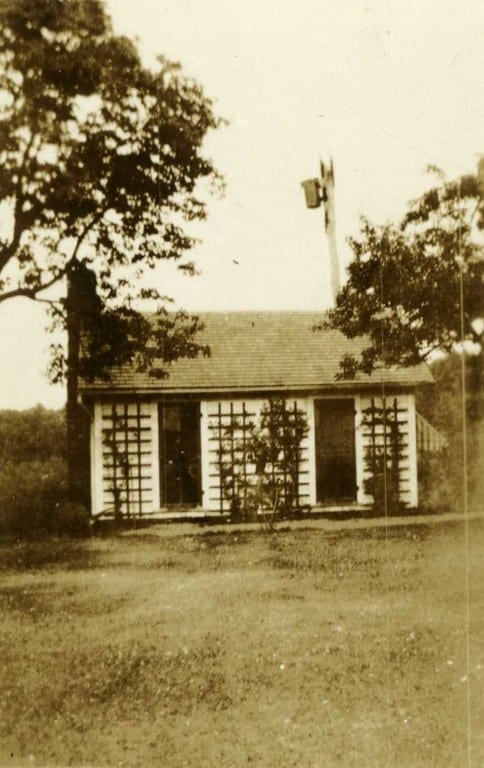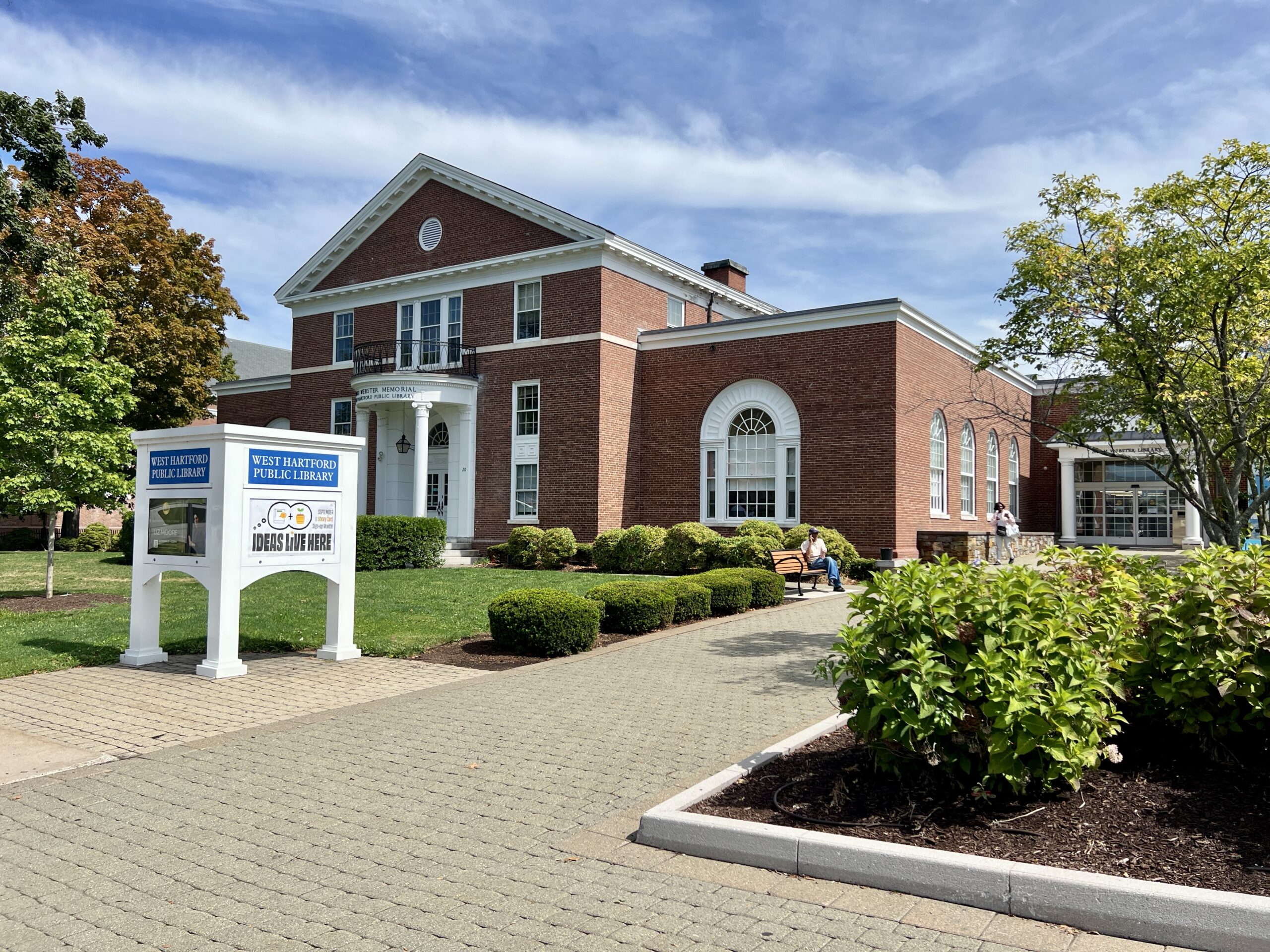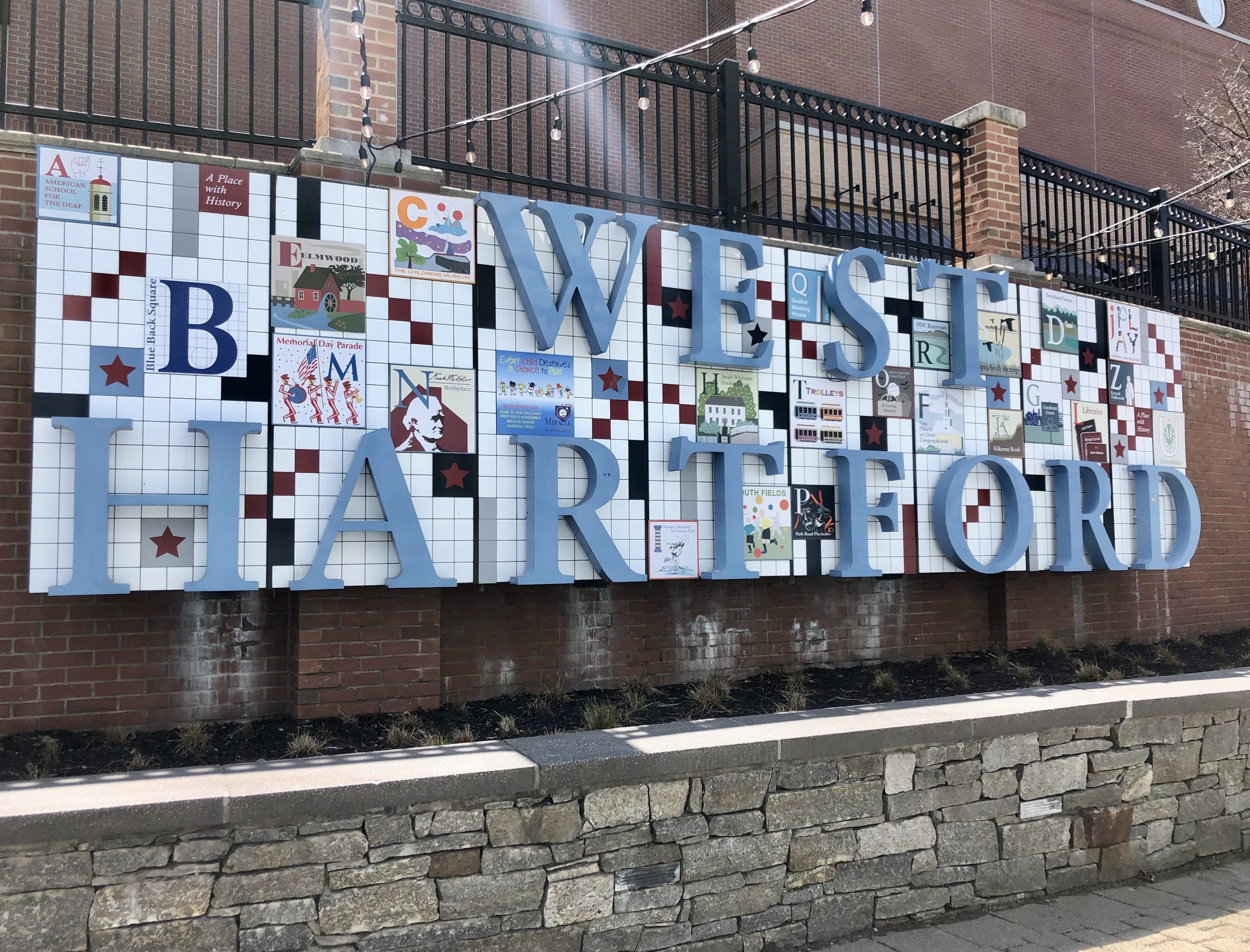West Hartford’s ‘Hidden History’ Series Will Begin Sept. 24

Audio By Carbonatix

Agriculture played a major role in West Hartford's past. Pictured is the "milk room" at Brainard Farm. Submitted photo
The five-part series takes place on Thursdays at the Noah Webster House & West Hartford Historical Society.
Submitted by Sarah Mocko St. Germain, Noah Webster House & West Hartford Historical Society

Agriculture played a major role in West Hartford’s past. Pictured is the “milk room” at Brainard Farm. Submitted photo
Explore West Hartford’s colorful history, from sparsely populated farm country to thriving suburban municipality. The second in the West Hartford’s Hidden History series will explore specific areas of West Hartford’s history, including some of the major farms that put it on the map, the industry that helped West Hartford become a town, the architecture that followed the suburban expansion, and the cemeteries where past residents have been laid to rest.
The programs take place on Thursday afternoons, Sept. 24, and Oct. 1, 8, 15, and 22, 2015 from 2-3:30 p.m.
On Thursday, Sept. 24, Jennifer DiCola Matos, Executive Director of the Noah Webster House & West Hartford Historical Society, will discuss the town’s agricultural past. West Hartford was almost entirely composed of farms up until the turn of the 19th century.
Dave Corrigan, Curator at the Museum of Connecticut History, will delve into Goodwin Pottery on Thursday, Oct. 1. For over one hundred years, the Goodwin name was associated with West Hartford pottery. Found in many museum collections, Goodwin pottery includes utilitarian items such as gin jugs (for local distilleries) and plates to terra cotta designs and fine china.
Mary M. Donohue, Assistant Publisher of Connecticut Explored magazine, will present Big Houses, Big Architects, Big Stories on Thursday, Oct. 8. This illustrated lecture will provide a glimpse into the history and architecture of some of West Hartford’s most prestigious neighborhoods. Hartford’s movers and shakers built new homes in West Hartford’s northern neighborhoods at the beginning of the 20th century.
The final lecture on Thursday, Oct. 15 will begin with an introduction to cemetery iconography by Connie Robinson. Sarah Mocko St. Germain, Public Programs Manager at the Noah Webster House will explore the Center, North, and Fairview Cemeteries and the lives of the citizens that are buried there.
On Thursday, Oct. 22 from 2-4:30 p.m. the series will end with a bus tour entitled History Drives Us. Noah Webster House staff members Jennifer DiCola Matos & Sarah Mocko St. Germain will lead the tour around town. They will emphasize the areas discussed in all four lectures, plus highlight some other “hidden” gems along the way.
The course will meet at the Noah Webster House, 227 South Main St., West Hartford. Registration is $90 ($70 for Fellows of the Presidents’ College and members of the Noah Webster House). To register, print and fill out the form at goo.gl/l23a0u. For questions, call (860) 768-4269 or email [email protected].
The Noah Webster House & West Hartford Historical Society is a cultural destination where citizens can learn to understand and appreciate the past. The museum preserves the birthplace of Noah Webster, the founding father, educator, author, and lexicographer who taught generations of Americans what it means to be American. This National Historic Landmark is also a repository for West Hartford history, the community that molded Noah Webster’s future and is still thriving over 250 years later. The historic house and exhibit spaces are open daily 1 until 4 p.m. For information on the museum’s extensive school and public programs, please visit www.noahwebsterhouse.org or call (860) 521-5362.



